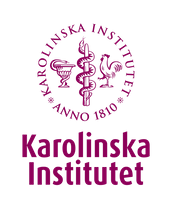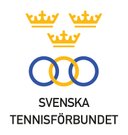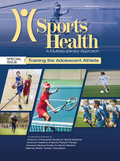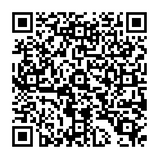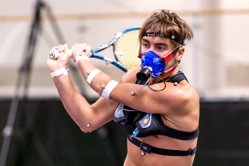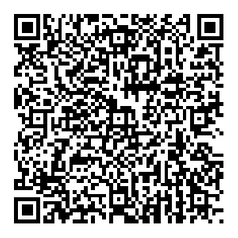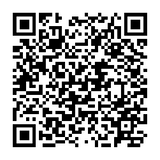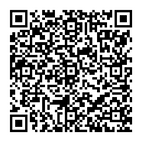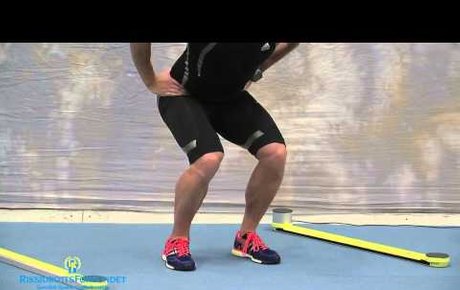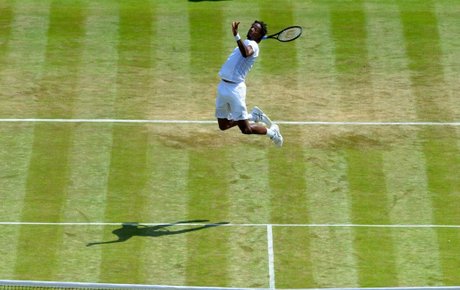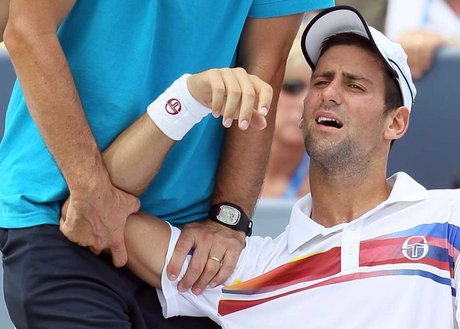AIM
In the SMASH-study we are investigating how adolescent competitive tennis players train, compete and recover. In addition, the association to injuries in the shoulder and/or spine is investigated.
METHOD
During the 2018 spring-season, 301 tennis players, (176 boys and 125 girls) in the age between 12-19 were included in the baseline screening. The baseline screening consisted of a baseline questionnaire regarding questions about training volume, previous injuries, years playing tennis. In addition, a clinical screening was performed testing for isometric/eccentric strength, passive range of motion in the shoulder and 2 different range of motion test in the thoracic spine.
RESULTS
Two articles with results from the SMASH-study is now published (Jan 2022) in a special theme issue in Sports Health. The articles investigated the association between training load and injuries in the shoulder and back pain. Scan the QR code below for direct access.
Training load and injuries in Tennis (ACWR)
Published 2022
Optimising workload and staying out of injury is one of the greatest coupled challenges a professional tennis player face, the adolescent player constitutes no exception, on the contrary, it can be an even greater challenge considering the young tennis players ambition aiming to reach the professional level.
The acute:chronic workload ratio (ACWR) has been proven to be a good choice to monitor load in athletes across different sports such as handball, soccer, swimming.
Within our group we have now published two prospective scientific studies based on the SMASH cohort investigating the association of ACWR with shoulder injuries and/or back pain in adolescent tennis players (n=301). Scan the QR code to the left for access.
Aerob and Anaerobic Capacity in Tennis
Published 2020
Elite sports in general have changed dramatically over the last decade and tennis is no exception. Tennis players need to master the complex techniques in the areas of sport-specific movement, for example the service motion and the movement patterns on-court, requiring acceleration and deceleration in combination with change of direction (M. W. Hoppe et al., 2014; M. Kovacs & Ellenbecker, 2011; M. S. Kovacs, 2006). In addition tennis has become a true physical challenge requiring strength, speed, power, agility, mobility, aerobic fitness and anaerobic power output (König et al., 2001).
In our study: Metabolic demands, centre of mass movement and utilisation of aerobic power in elite adolescent tennis players during on-court drills (Björklund, Johansson et al, 2020) were investigated.
Our main partner in this research project was Mid Sweden University, Östersund, Sweden. Please visit Frontiers by scanning the QR-code to the left for Open Access to the article.
The aim of this cross-sectional study was to investigate isometric internal rotation, external rotation, abduction and eccentric external rotation strength and rotational range of motion in adolescent male and female competitive tennis players. The study was the 3rd paper to be published based on the SMASH cohort.
Fitness testing in adolscent tennis players has been performed in Swedish Tennis for 10+ years across both gender and all ages on the regional and national level. In 2019, a summary presented in percentiles serving as a guideline for players and coaches was reported in cooperation with Swedish Tennis Association.
The fitness testing includes Vo2 max, wingate, field tests, CMJ (a), medicine ball throws etcetera. To find out more about specific data, please contact us via e-mail.
Based on the SMASH-cohort a study on athletic identity (AIMS) will be performed, a comparison to other adolescent athletes will also be performed in the future. There are many questions to be answered so we really look forward to this study and its contributions beyond the "classical" sports medicine approach.
Stay on the look-out for more information to come!
We try to encourage other researchers, students, coaches or groups to perform research in tennis, if you and/or your group are searching for collaborations or have any other questions you would like to adress, please do not hestitate to contact us at your earliest convienience.

